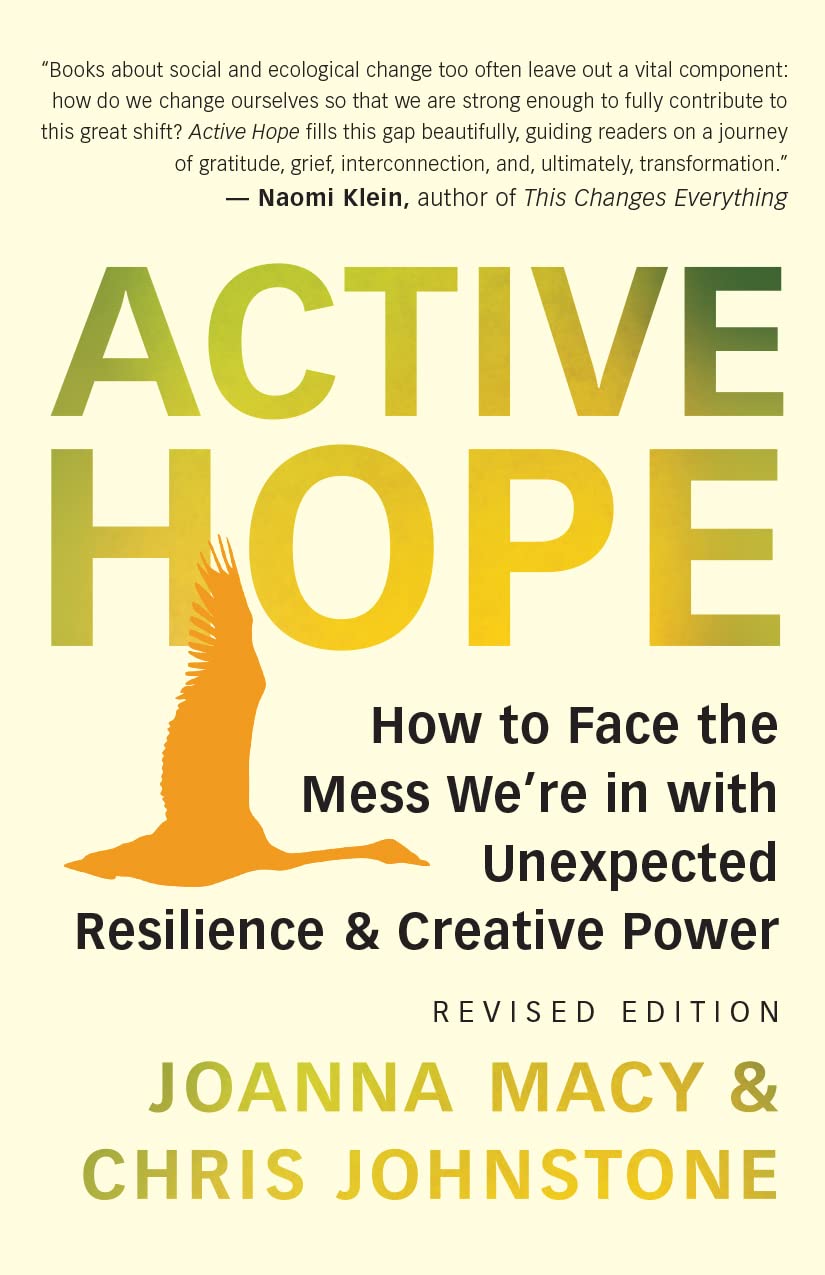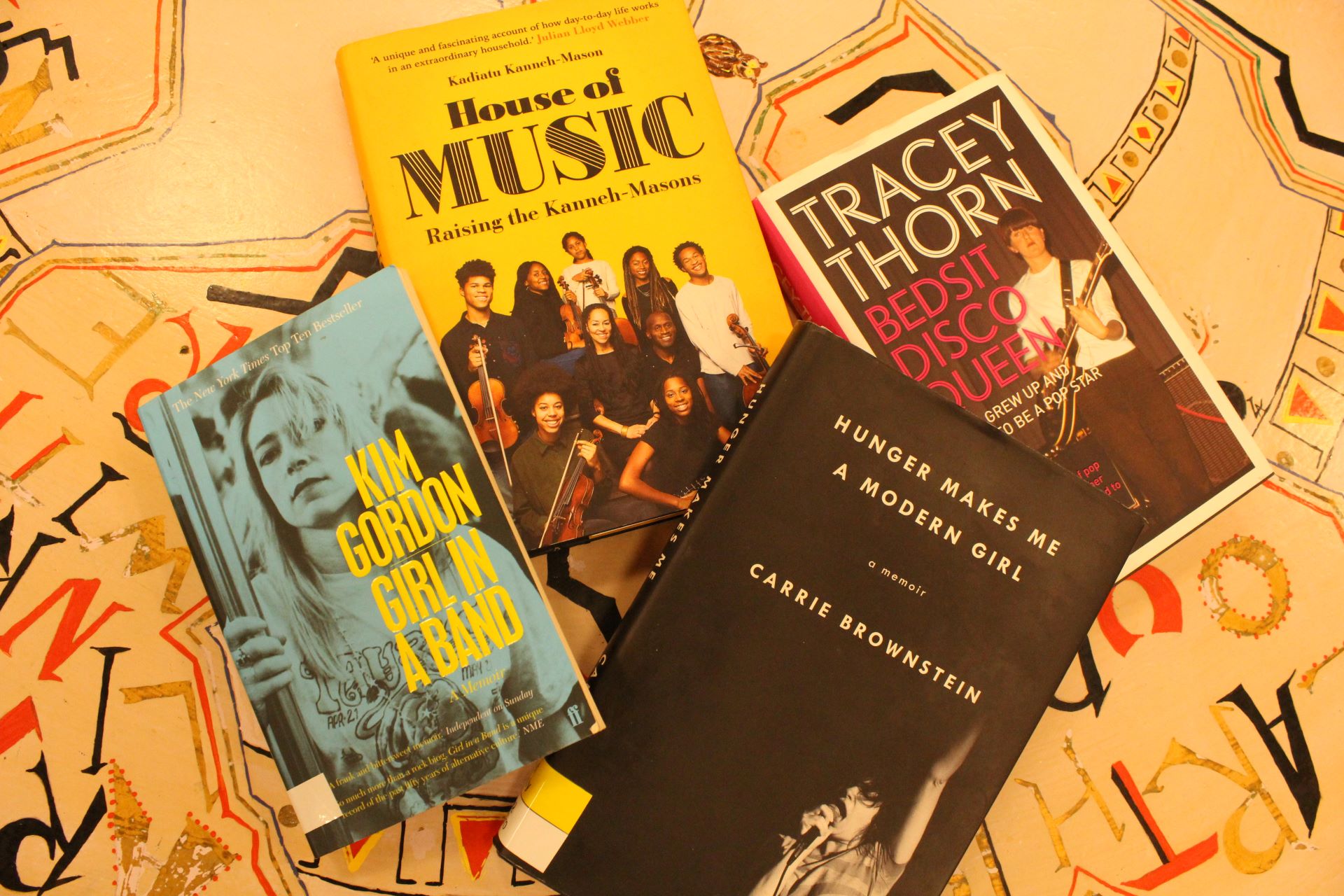Lucy’s Story:Autism and Other Adventures by Lucy Blackman is an incredible memoir which charts the aforementioned author’s life as someone with autism who had an inability to communicate well for much of their upbringing.
Her work considers how the perspective of the world from someone with autism who is made mute by it is as vivid as anyone else’s and that problems communicating does not signify that autistic people do not wish to communicate and do not have an inner world that simply cannot be connected to the outside world.
As someone autistic who is described as high functioning I believe Blackman’s work conveys how the ableist manner in which autistic people are often categorized simply makes understanding us more difficult as the unique particularities of an individual’s autism is measured against other people and seen as needing to be defined as just lower functioning or high functioning.
Although Lucy grew up in the 1970-80s, her experiences with touch typing express how technology, has and continues to, expand the ability of mute autistic people to communicate and verbalize what they are thinking.
Those like Richard Mills, head of research at Research Autism and the National Autistic Society, and Dr Sue Fletcher-Watson, at the University of Edinburgh, both argue that apps, touchscreen tablets and other devices are helping to push past the barriers caused by some aspects of autism, thus opening up a new world for many autistic people.
In Lucy’s case it was special typewriters that helped her begin to communicate with the help of a support worker who would control her hands, affected by coordination problems, as this was a reason she struggled to write. As someone who writes on a laptop instead of handwriting things, due to my fine motor skills being affected by my dyspraxia and autism, I understand how having a way to write physically can aid one in doing so.
Lucy sheds a light on the overwhelming nature of the sensory for autistic people. People’s faces for her are defined by the shadow and light which make up this three dimensional feature, movement is either euphoric or nauseating and their perspective is radically different to that of those around them. This is something I relate to myself as for me sounds and smells are particularly hard to deal with. Using the Glasgow subway is difficult due to the sounds of the tracks while I have ocd tendencies regarding cleaning and washing as I need to be clean and be in a clean environment to feel calm.
As well as finding ways to communicate through typing Lucy had to learn the meaning of communication. She notes how she did not understand lies and that at times she would type something which was untrue as she wished to make it true and believed that linguistic repetition of such things would accomplish this.
Blackman also describes herself in two forms: Old Lucy and New Lucy in order to explain the development of her communication and abilities. Until around the age of twelve she was judged to be intellectually disabled and unconscious of her life on a grand scale however this was completely wrong. She understood a lot but had no way to connect the world inside and out explaining that they felt like two exclusive things. Her intelligence was profound but she struggled to connect a picture of a dog, for instance, to a sentence she had learned about it, seeing them as separate discreet things. Through television, her sister’s homework and books at home she learnt to read, do mathematics and more but had no way to make this clear to others.
Autistic treatment involving touch typing changed this in her teens making it clear she was highly intelligent. She eventually went from special school to a mainstream school in her native Australia and her talent, and the support of those around her, eventually helped her study literature at university. Lucy’s love of writing poetry, prose and other mediums like this memoir express the fact that autistic people can be as creative as anyone else or even more so.
As someone autistic with talents in history and writing like Lucy, she inspires me in her ability to find ways to accommodate her conditions in order to write and undertake research. Blackman’s memoir expresses the fact that autistic people, mute or otherwise, are incredible people whose abilities are consistently underestimated by too many people.
An important aspect of the book is her discussion with autism experts like Tony Attwood who are overwhelmingly neurotypical(non-autistic) and thus come to their research from a biased ,often ableist, perspective. When Attwood first meet her he argued that autistic people struggled or did not know how to communicate but Lucy shows him this is not the case. In reality she, and many others, can communicate and understand things but their cognitive ability to express it in a neurotypical way is often flawed. She notes how at times when she is upset she will laugh or when she wants something she will say something No and thus shows Attwood that autism can simply mean that reactions and actions are expressed differently than wanted or expected.
For me, one of the most infuriating things about the clinical view of autism and aspergers is the belief that “experts” have which is that autistic people lack empathy almost as if their had antisocial personality disorder. The truth is that those like myself might struggle with cognitive empathy(understanding what others are thinking or want) but our emotional and compassionate empathy can be significant. Compassionate empathy means feeling sympathy for others and caring about them while emotional empathy can mean literally feeling the emotions of those around us. As someone who is seen as high functioning my cognitive empathy is likely judged better than those who are low functioning but I still struggle with knowing what others mean especially in situations where someone might be sarcastic or not mean exactly what they are saying. My compassionate empathy is fine and I often feel sympathy for people I hardly know while my emotional empathy is extremely overwhelming. I was abused at college from 16-17ish as my abuser used my autism to manipulate me. They pretended to have disabilities, illness and a traumatic background which sent my emotional and compassionate empathy into overdrive. A difficult or upsetting experience of someone else can often stick to me and be impossible to shake from my mind.
To conclude Lucy’s Story is a vital memoir which discusses what being autistic is like. It shows us that to understand autism people need to actually listen to our voices instead of deciding what our condition is and what we are. Only through listening to us will change occur






